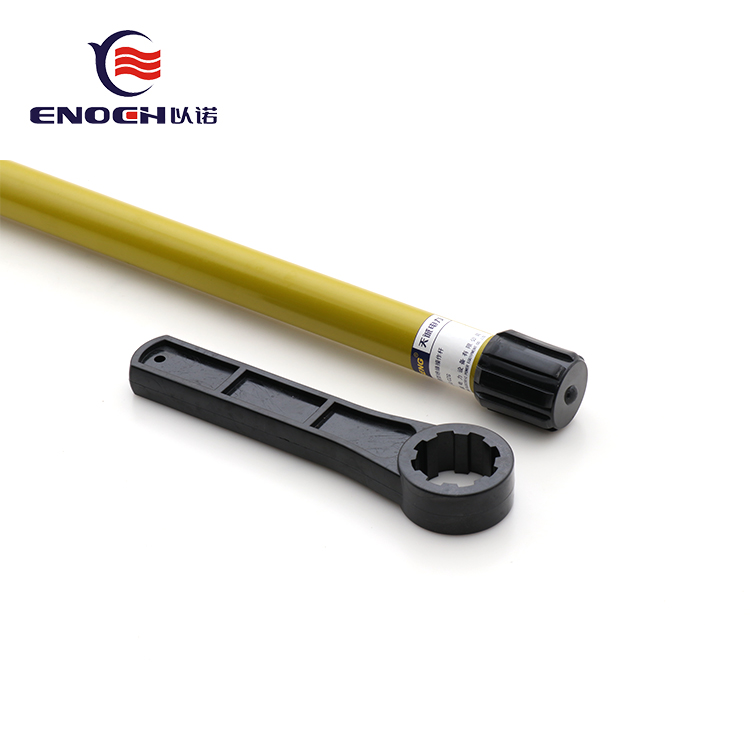Power Cable Accessories: Essential Components for Safe and Efficient Electrical Systems
2025-06-18
In any electrical installation, the importance of power cable accessories cannot be overstated. These seemingly small components play a crucial role in ensuring that power cables perform safely, reliably, and efficiently across residential, commercial, and industrial settings.
In this blog, we’ll explore what power cable accessories are, their types, why they matter, and how to choose the right ones for your projects.

What Are Power Cable Accessories?
Power cable accessories are supplementary components used to connect, terminate, protect, and manage power cables. They ensure the cables are safely installed and maintain optimal electrical performance. These accessories are vital in preventing electrical faults, enhancing durability, and facilitating maintenance.
Common Types of Power Cable Accessories
Cable Connectors: Join two cable ends securely, ensuring proper electrical contact. Includes compression connectors, mechanical connectors, and plug connectors.
Cable Lugs: Attach cables to electrical devices, panels, or terminals with a solid mechanical and electrical connection.
Cable Terminations: Provide a safe end point for cables, sealing and insulating them to prevent electrical leakage or faults.
Cable Joints/Splices: Connect two cable sections together to extend length or repair damaged cables.
Cable Cleats and Clamps: Secure cables in place, preventing movement that could cause wear or damage.
Cable Glands: Seal cables entering equipment or enclosures, offering strain relief and environmental protection.
Heat Shrink Tubing: Provides insulation, protection, and sealing over cable joints or terminations.
Why Are Power Cable Accessories Important?
Safety: Proper accessories prevent electrical hazards such as short circuits, leakage, and fires.
Performance: Ensure optimal conductivity and signal integrity by maintaining solid, corrosion-resistant connections.
Durability: Protect cables from mechanical damage, moisture, chemicals, and environmental factors.
Ease of Installation and Maintenance: Simplify cable handling, termination, and future troubleshooting.
Compliance: Meet industry standards and regulatory requirements for electrical safety.
Choosing the Right Power Cable Accessories
Compatibility: Select accessories designed for the specific cable type, size, and voltage rating.
Material Quality: Look for corrosion-resistant metals like copper or aluminum and durable insulating materials.
Application Environment: Consider indoor vs. outdoor, temperature extremes, and exposure to chemicals or moisture.
Standards and Certifications: Ensure accessories comply with relevant standards such as IEC, UL, or ANSI.
Ease of Installation: Favor designs that simplify and speed up installation without compromising quality.
Tips for Installation and Maintenance
Always follow manufacturer instructions and electrical codes.
Use proper tools for crimping, cutting, and sealing to avoid damage.
Inspect accessories regularly for signs of corrosion, wear, or looseness.
Replace damaged or worn components promptly to maintain system integrity.
Train personnel on safe handling and installation practices.
Final Thoughts
Power cable accessories are indispensable for the reliable and safe operation of electrical systems. By choosing the right accessories and maintaining them well, you can extend cable life, enhance safety, and reduce downtime.
Whether you’re a contractor, engineer, or DIY enthusiast, understanding power cable accessories helps you build better electrical solutions.


